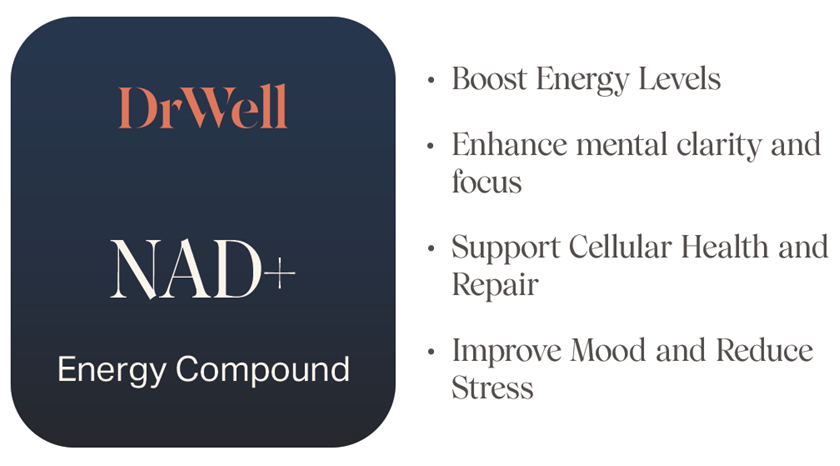 Do we have your attention now?! Whether it’s for cosmetic services or medically necessary procedures (before a deductible is met), knowing healthcare prices is important. Patients need to know their financial obligation and healthcare providers need to be sympathetic to their patient’s financial worries. So yes, providing healthcare prices is important, but listing them in the form of a menu is dumb AF.
Do we have your attention now?! Whether it’s for cosmetic services or medically necessary procedures (before a deductible is met), knowing healthcare prices is important. Patients need to know their financial obligation and healthcare providers need to be sympathetic to their patient’s financial worries. So yes, providing healthcare prices is important, but listing them in the form of a menu is dumb AF.
So why is a static menu the wrong way to list healthcare prices?
Take a look at the static menu of healthcare services and prices above. What strikes you (consumer or provider) as confusing? First, the ranges are huge, to the point of being useless. For example, the fat transfer to the face ranges from $2500 to $6500. What if I was a web developer and you, the healthcare provider or small business owner, wanted a new website and I told you it would be $2500 to $6500? You would politely or impolitely hang up the phone and move on to the next developer.
Patients are no different. While they understand you can’t give them an exact estimate before seeing them, there’s nothing wrong with an accurate estimate. That’s the problem with static menus. There’s an attempt to provide the patient with all potential prices and scenarios. But somewhere you cross over from a modicum of information into the realm of too much information.
Why do providers using static menus try and provide as much information as possible? Because they’re assuming the consumer will look at the pricing menu and move on. In other words, the provider believes that everyone checking costs is a price shopper (which isn’t true) and the doctor/facility won’t have the opportunity to offer more pricing and procedure education down the road. But if you have the consumer’s contact info, you’ll be able to follow up to provide more accurate information.
The right way to offer pricing information: A price estimator
That’s where a price estimator, as shown in the video below, comes in. The consumer can choose various services or procedures from a price estimator on a doctor’s website and submit the “wishlist” along with their contact info to receive immediate pricing information. The consumer gets the immediate gratification of pricing info and the healthcare provider receives the consumer’s contact information for follow up. Everyone wins.
Aside from the fact that the static pricing menu provides no lead generation whatsoever, it forces the provider to generalize. In contrast, the price estimator allows the healthcare provider to offer listings for more common procedures and corresponding accurate estimates. Why? Because even if the price estimator doesn’t list every potential scenario, thus forcing the consumer to choose a “close enough” procedure, the healthcare provider still obtains contact info to provide further education.
If healthcare.gov can do it, so can you
But let’s be honest, common procedures are common. It’s not that hard to list a few variations on the same service or procedure. In other words, you don’t have to list a $4000 range for fat grafting to the face. You can be more specific and list multiple options for fat grafting to different areas of the face. You could stratify those procedures on a static menu but again, you get no lead generation in the process.
Also, let’s keep in mind that if healthcare.gov lists multiple health insurance plans in a region, followed by the copays, the deductibles and the out-of-pocket maximum for a bronze, silver, gold and platinum plan, you can list a few variations on an MRI of the lower spine (with our without contrast)!
Lastly, healthcare, no matter how easy we try to make it, is still complicated. And for a field that has so much complexity, the consumer needs help. When a consumer submits their contact info along with a request for pricing information through a price estimator, it’s really a cry for help! Not only are they trying to determine an accurate estimate for services, they’re asking for assistance from the provider’s office or facility.
In other words, they’re looking for a healthcare ‘navigator.’ And if someone coined a name for that job description, it means there’s a need. Thus, having a patient’s contact info via a price estimator leads to greater assistance for the patient, better customer service and hopefully better online reviews in your future!
To check pricing on healthcare services from a doctor near you, click here.



